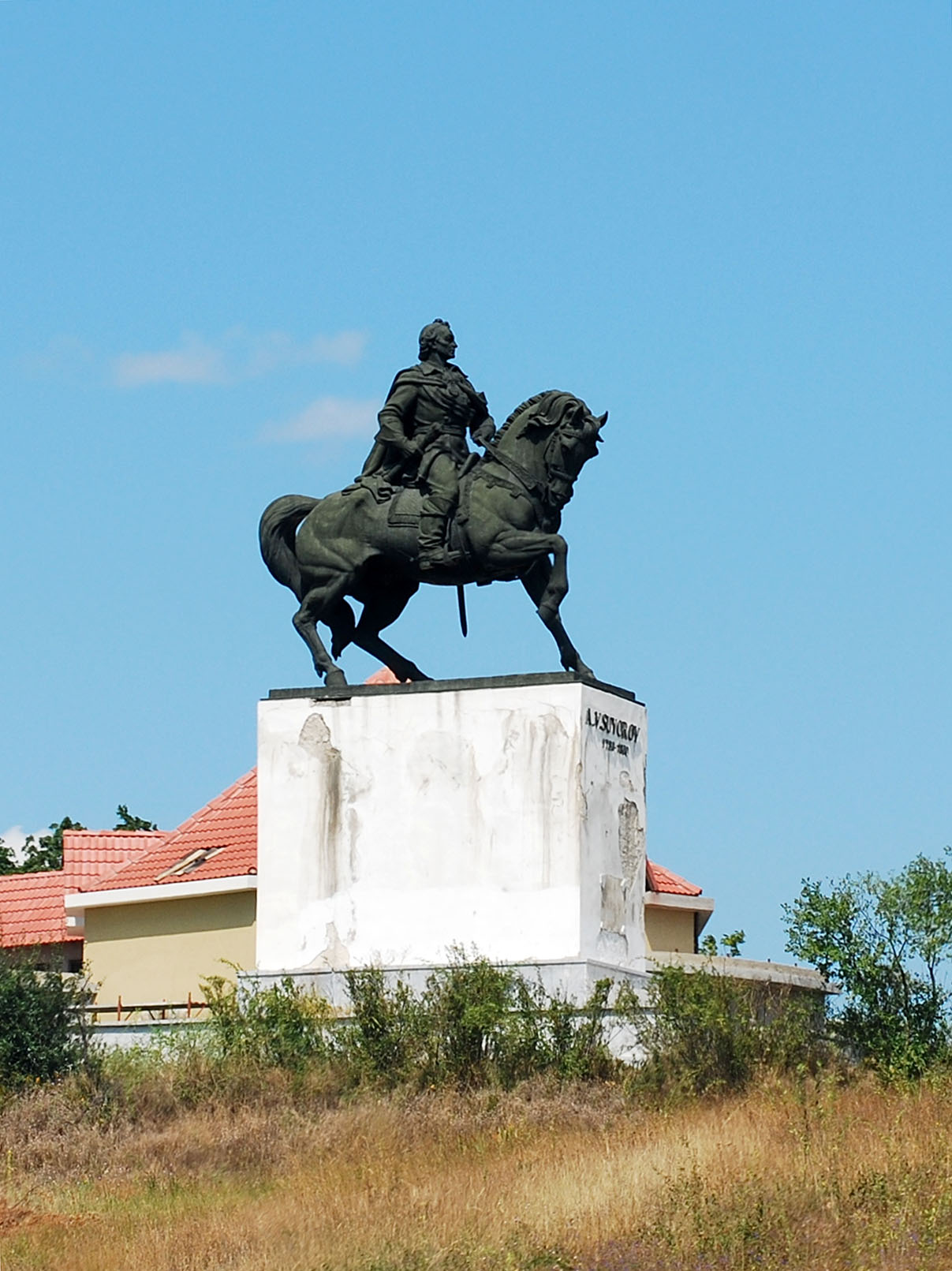|
Mera, Vrancea
Mera is a commune in Romania. It is located in Vrancea County. It is composed of five villages: Livada, Mera, Milcovel, Roșioara, and Vulcăneasa. Demographics According to the 2011 National Census data, the commune has 3,453 inhabitants, in decline from 2002, when the census registered 3,914 people. History In Mera lies the former Mera monastery, considered a historical monument of national interest. Built in 1685, it is the only religious edifice built by the Moldavian voivode Constantin Cantemir Constantin or Constantine Cantemir (1612–1693) was a Moldavian nobleman, soldier, and statesman who served as voivode between 25 June 1685 and 27 March 1693. He established the Cantemir dynasty which—with interruptions—ruled Moldavia prior .... The complex contains the "Holy Emperors" church, the exterior wall, and administrative buildings. References Communes in Vrancea County Localities in Western Moldavia {{Vrancea-geo-stub ... [...More Info...] [...Related Items...] OR: [Wikipedia] [Google] [Baidu] |
Communes Of Romania
A commune (''comună'' in Romanian language, Romanian) is the lowest level of administrative subdivision in Romania. There are 2,686 communes in Romania. The commune is the rural subdivision of a Counties of Romania, county. Urban areas, such as towns and cities within a county, are given the status of ''Cities in Romania, city'' or ''Municipality in Romania, municipality''. In principle, a commune can contain any size population, but in practice, when a commune becomes relatively urbanised and exceeds approximately 10,000 residents, it is usually granted city status. Although cities are on the same administrative level as communes, their local governments are structured in a way that gives them more power. Some urban or semi-urban areas of fewer than 10,000 inhabitants have also been given city status. Each commune is administered by a mayor (''primar'' in Romanian). A commune is made up of one or more villages which do not themselves have an administrative function. Communes ... [...More Info...] [...Related Items...] OR: [Wikipedia] [Google] [Baidu] |
Romania
Romania ( ; ro, România ) is a country located at the crossroads of Central Europe, Central, Eastern Europe, Eastern, and Southeast Europe, Southeastern Europe. It borders Bulgaria to the south, Ukraine to the north, Hungary to the west, Serbia to the southwest, Moldova to the east, and the Black Sea to the southeast. It has a predominantly Temperate climate, temperate-continental climate, and an area of , with a population of around 19 million. Romania is the List of European countries by area, twelfth-largest country in Europe and the List of European Union member states by population, sixth-most populous member state of the European Union. Its capital and largest city is Bucharest, followed by Iași, Cluj-Napoca, Timișoara, Constanța, Craiova, Brașov, and Galați. The Danube, Europe's second-longest river, rises in Germany's Black Forest and flows in a southeasterly direction for , before emptying into Romania's Danube Delta. The Carpathian Mountains, which cross Roma ... [...More Info...] [...Related Items...] OR: [Wikipedia] [Google] [Baidu] |
Vrancea County
Vrancea () is a county ( județ) in Romania, with its seat at Focșani. It is mostly in the historical region of Moldavia but the southern part, below the Milcov River, is in Muntenia. Demographics In 2011, it had a population of 340,310 and a population density of . * Romanians – over 98% * Romani, others – 2% Geography Vrancea County's area is of . A curvedly shaped mountainous area, known in Romanian as the '' Carpații de Curbură'', lies in the western part of the county, at the Southern end of the Eastern Carpathians, with heights over . To the East, the heights decrease into hilly areas and the lower valley of the Siret River. The main tributary of the Siret, which crosses the county, is the Putna River. Seismic hazard The territory of Vrancea County is the most seismically active zone of Romania, with yearly earthquakes whose focal depths are between and therefore affect wide regions. The earthquakes with the epicenter in Vrancea are caused by the movem ... [...More Info...] [...Related Items...] OR: [Wikipedia] [Google] [Baidu] |
Constantin Cantemir
Constantin or Constantine Cantemir (1612–1693) was a Moldavian nobleman, soldier, and statesman who served as voivode between 25 June 1685 and 27 March 1693. He established the Cantemir dynasty which—with interruptions—ruled Moldavia prior to the imposition of phanariot rule. Life Constantin was born into a Moldavian family of Crimean Tatar origin in 1612. He was created voivode of Moldavia by its Ottoman overlords in 1685, being favored over his rival Dumitraşcu Cantacuzino. (His son Demetrius would later marry a Cantacuzene princess.) Constantin was a good and conscientious ruler, protecting his people from rapacious tax farmers. He largely brought peace to his realm, but served in campaigns of the Great Turkish War against Poland and Austria. Under his rule, Moldavia was invaded twice, once by the Nogai Tatars and once by Poland. Nonetheless, he constantly informed the Polish and Habsburgs of Turkish designs and his sons Antioch and Demetrius, who eventually succee ... [...More Info...] [...Related Items...] OR: [Wikipedia] [Google] [Baidu] |
Communes In Vrancea County
An intentional community is a voluntary residential community which is designed to have a high degree of social cohesion and teamwork from the start. The members of an intentional community typically hold a common social, political, religious, or spiritual vision, and typically share responsibilities and property. This way of life is sometimes characterized as an "alternative lifestyle". Intentional communities can be seen as social experiments or communal experiments. The multitude of intentional communities includes collective households, cohousing communities, coliving, ecovillages, monasteries, survivalist retreats, kibbutzim, hutterites, ashrams, and housing cooperatives. History Ashrams are likely the earliest intentional communities founded around 1500 BCE, while Buddhist monasteries appeared around 500 BCE. Pythagoras founded an intellectual vegetarian commune in about 525 BCE in southern Italy. Hundreds of modern intentional communities were formed across Europ ... [...More Info...] [...Related Items...] OR: [Wikipedia] [Google] [Baidu] |

